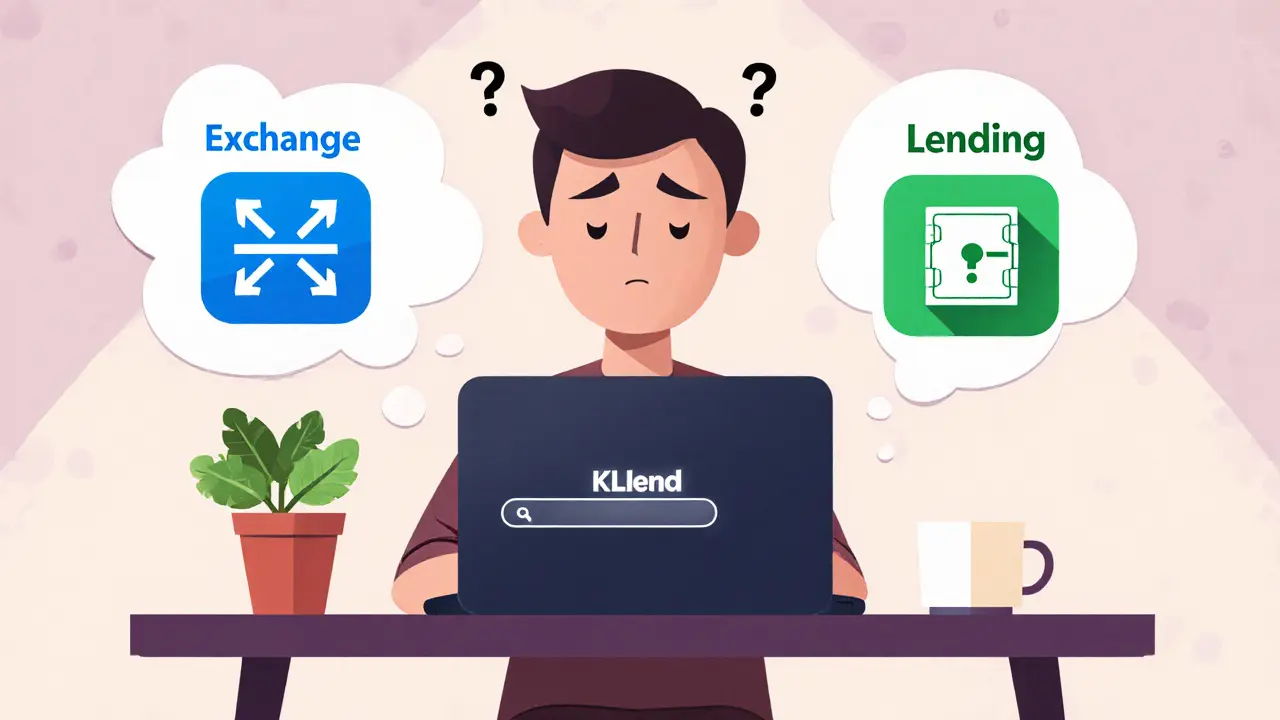Untracked Exchange: What You Need to Know
When dealing with untracked exchange, a platform that operates without official registration or public reporting. Also known as unlisted exchange, it often flies under the radar of regulators, making transparency a major concern. Decentralized exchange, a peer‑to‑peer trading venue built on blockchain technology frequently falls into the untracked category because it doesn’t rely on a central authority. The lack of oversight means users must perform their own due diligence, and the exchange’s liquidity can disappear overnight, a risk highlighted by recent reviews of platforms like TomoDEX and Bzetmex. In practice, an untracked exchange encompasses any service where transaction data isn’t submitted to a supervisory body, which requires traders to verify smart‑contract audits, wallet safety, and fee structures themselves. This environment creates a direct link between the exchange’s anonymity and the potential for hidden fee structures or rug pulls, so understanding the underlying technology becomes essential before you commit any capital.
Key Considerations for Navigating Untracked Exchanges
One of the first checkpoints is crypto exchange compliance, the set of rules and standards that licensed platforms must follow, including KYC, AML, and reporting obligations. Since untracked exchanges bypass these safeguards, the onus falls on you to evaluate whether the platform adheres to industry‑wide best practices voluntarily. Another critical factor is liquidity risk, the possibility that you cannot sell your assets at a fair price because the market depth is insufficient. Low liquidity not only hampers trade execution but also magnifies price slippage, which can turn a seemingly small swap into a costly mistake. Security, too, cannot be ignored; exchange security, the measures a platform takes to protect user funds from hacks, exploits, and insider threats is often a mixed bag in untracked environments. Look for public audit reports, bug bounty programs, and community feedback as proxies for a platform’s security posture. The relationship between compliance, liquidity, and security creates a feedback loop: weak compliance raises the chance of low liquidity, which in turn can attract malicious actors targeting vulnerable users.
By now you should see how an untracked exchange sits at the intersection of regulatory gray zones, financial risk, and technical complexity. The articles below dive into specific case studies—like the TomoDEX status check, the Bzetmex review for Turkish investors, and the İkipara warning—to give you concrete data points you can apply to any new platform you encounter. Whether you’re a seasoned trader hunting for high‑risk, high‑reward opportunities or a cautious newcomer looking to avoid pitfalls, the collection offers actionable insights, step‑by‑step checklists, and real‑world examples that will help you make smarter decisions when the market’s last‑ditch venues pop up.

